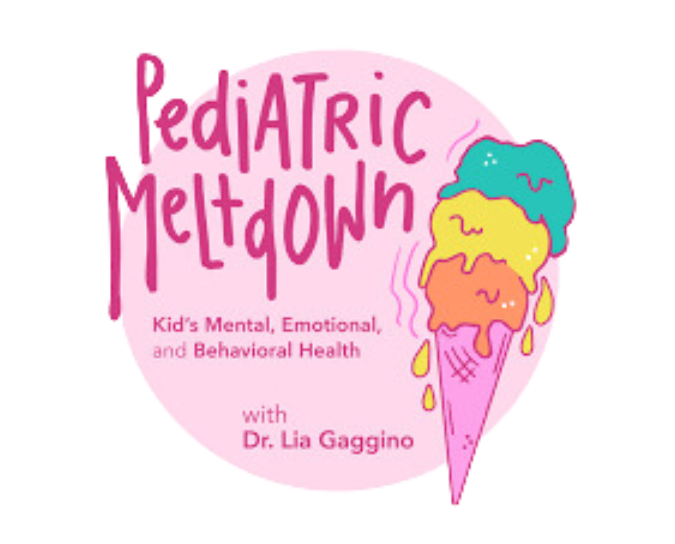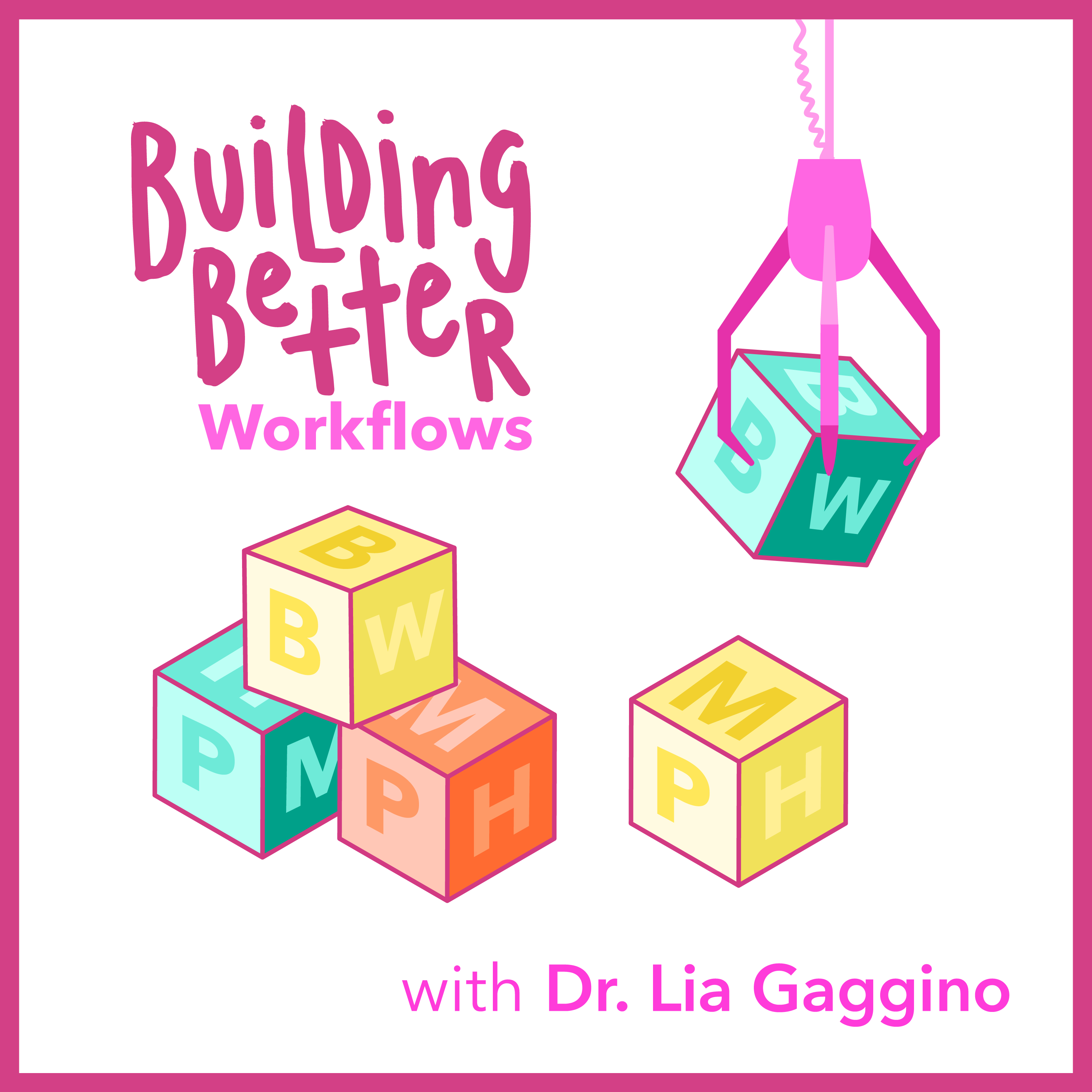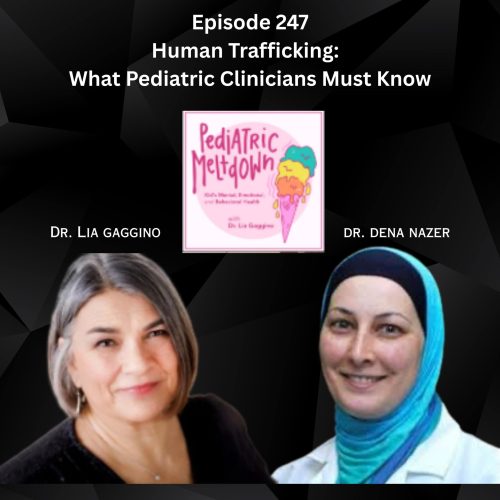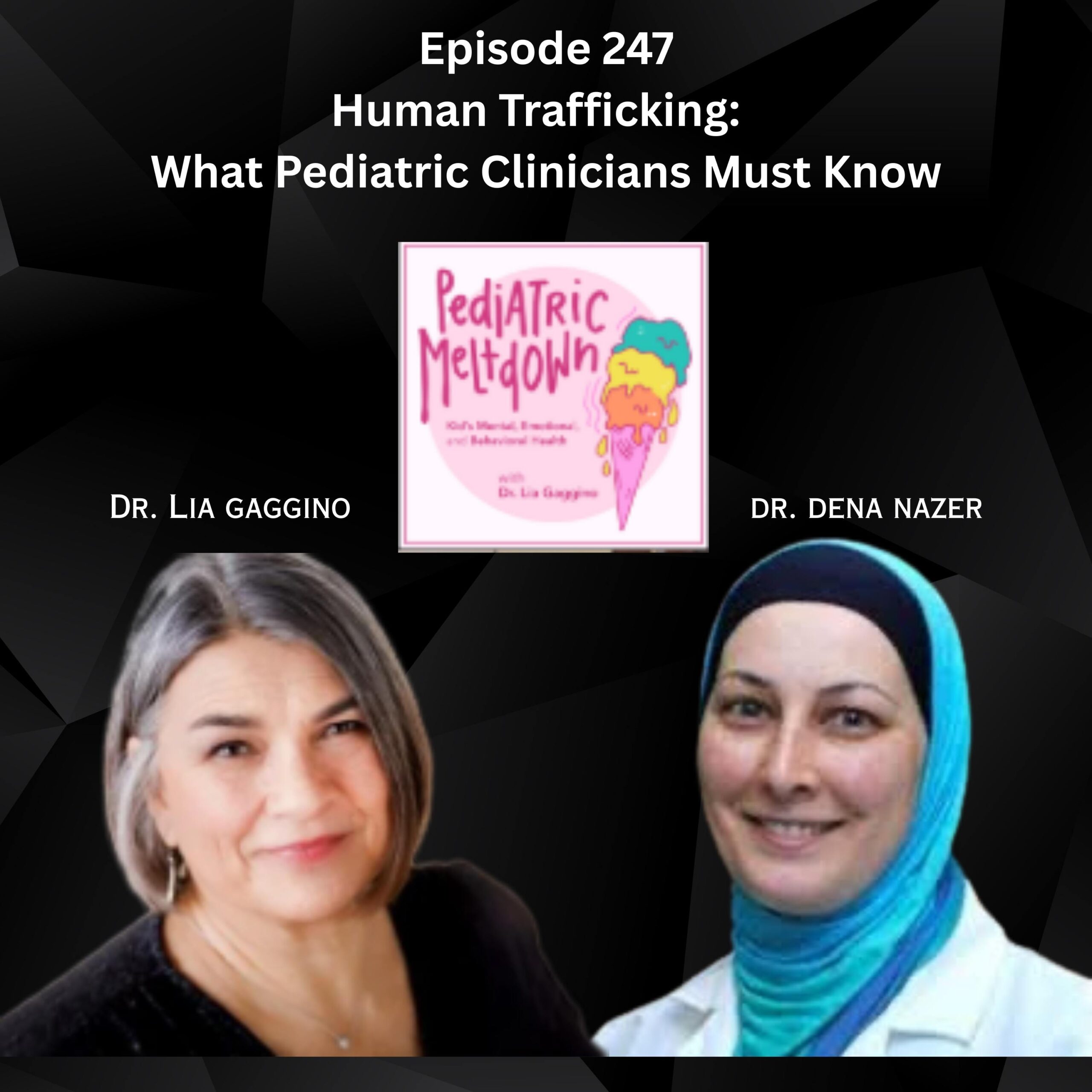Summary:
What Does Change Look Like?
In episode 2 of “Building Better Workflows,” Dr. Lia addresses the challenge of implementing change in the context of the current mental health crisis. She introduces the concept of “paint done,” emphasizing envisioning the optimal patient care experience to drive forward procedural enhancements, particularly surrounding mental health services. Dr. Lia suggests leveraging electronic health records data to inform and adjust practices effectively, noting the importance of collaboration with IT staff to extract pertinent data. She highlights the critical need for a robust suicide screening policy as part of the broader strategy to improve mental health services, particularly in assessing risks without resorting to emergency rooms unnecessarily.
Dr. Lia underscores the use of the SMART goals framework to structure these improvements in a specific, measurable, achievable, realistic, and timely manner. Throughout the episode, she stresses the importance of starting small with pilot programs and using a methodical approach to change management. Moreover, she advocates for the use of a companion workbook, which provides templates and resources to aid listeners in applying these concepts effectively, aiming to boost both patient and provider experiences significantly. Her approach aims to galvanize healthcare providers by using precise data and structured goal-setting to address the pressing needs highlighted by the mental health crisis.
Bullet points of key topics
- Dr. Lia discusses the concept of “paint done” to envision and implement optimal mental health care workflows, highlighting resistance to change and the importance of data-driven decisions.
- The episode emphasizes starting with small pilot programs and gathering feedback through surveys from families and healthcare partners.
- Tools like SMART goals and resources in the companion workbook are recommended to aid in the transformation of practices to better address mental health needs.








